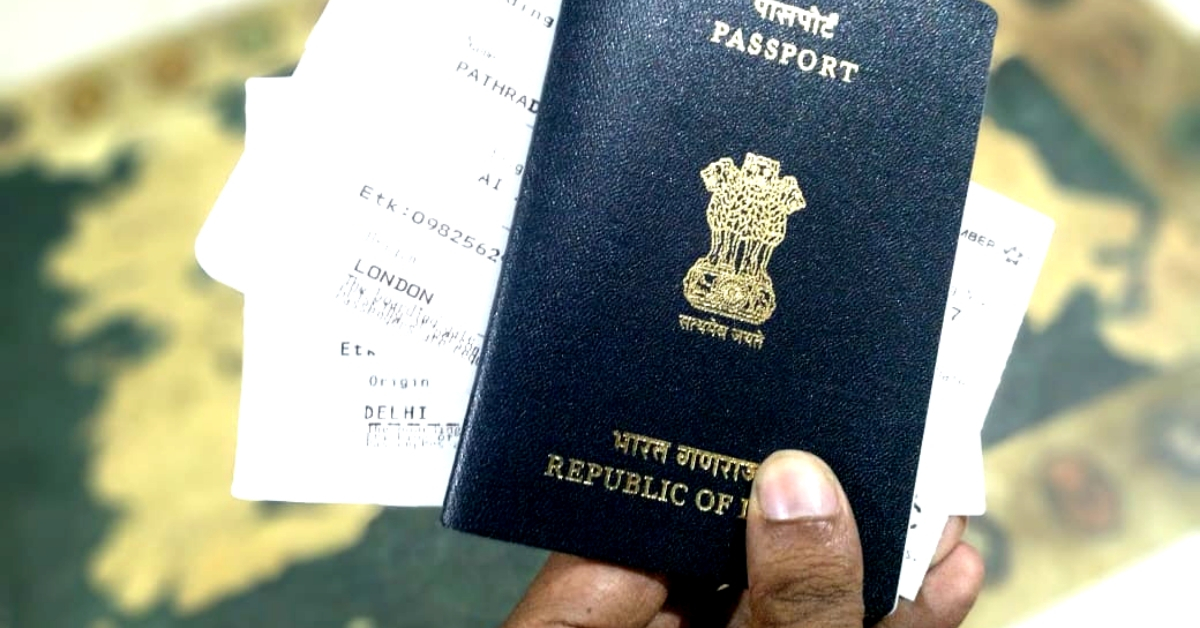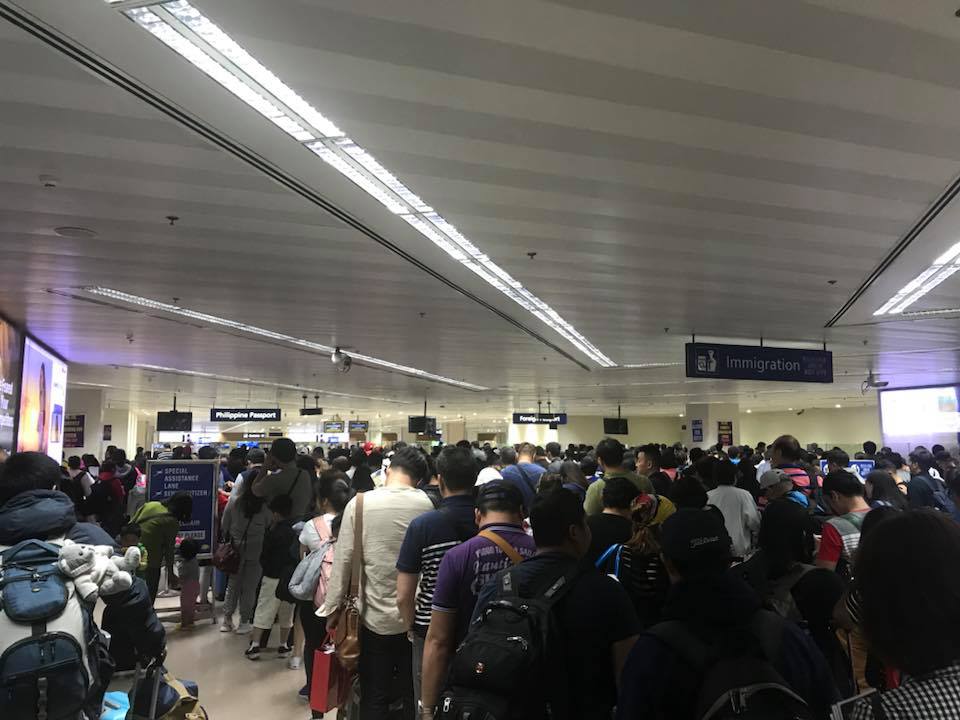Digital Signatures & 64 KB Chips: 10 Features of India’s Planned E-Passports
IIT-Kanpur and the National Informatics Centre have developed the Indian version of the software that runs the e-passport.

Our passports are all set to get electronic! With added security measures and a more compact way of storing our information, e-passports are expected to roll out soon.
They will first be issued to diplomats and other officials, and after the successful testing, they will be rolled out to the general public.
PM Narendra Modi recently made a statement conveying that the work to issue these chip-based e-passports is underway.
“Our embassies and consulates are being connected to the Passport Seva Project worldwide. This will prepare a centralized system connected to the passport service for all of you,” he said addressing the public.
Many Europeans nations – like Germany, Poland and Sweden – use the technology already and it has been very successful.
Here are ten salient features of the e-passports that you must know about:

1. The passports will be ‘digitally signed’ – i.e. their identity will be verified via a secure code – and the information will be stored on a chip.
2. They will have thicker front and back covers. The digital chip – which will be smaller than a postage stamp – will be inserted in the back cover.
3. A rectangular antenna will also be embedded in this cover. The antenna allows broadcast of data for ‘contact-less’ functions and to also draw power for the chip.
4. The chip will have 64 kilobytes in memory and can store information of up to 30 visits.
5. The e-passport is also expected to store the photograph and (eventually), the fingerprints and other biometrics of the holder.
You may also like: Traveling Overseas? 10 New Visa Rules Indian Passport Holders Should Know
6. IIT-Kanpur and the National Informatics Centre have developed the Indian version of the software that runs the e-passport. According to the Financial Express, no commercial agency is involved in its development.
7. The new, updated passports are expected to share necessary information in a few seconds, cutting down the time needed at immigration counters.
Turning nearly every encounter only a few seconds long will dramatically reduce the lines at airports.

8. According to the PM, the process of issuing visas to Persons of Indian Origin (PIO) and Overseas Citizens of India (OCI) is also being simplified.
9. The tendering and procurement process of these passports is being carried out by the India Security Press in Nashik. After its successful run, the new passports – with their advanced security and better quality – will be issued.
10. The International Civil Aviation has not yet set down norms for how the information in the chip is to be written or stored. However, it has prescribed how the passports will be read.
(Edited by Vinayak Hegde)
Like this story? Or have something to share? Write to us: [email protected], or connect with us on Facebook and Twitter.
If you found our stories insightful, informative, or even just enjoyable, we invite you to consider making a voluntary payment to support the work we do at The Better India. Your contribution helps us continue producing quality content that educates, inspires, and drives positive change.
Choose one of the payment options below for your contribution-
By paying for the stories you value, you directly contribute to sustaining our efforts focused on making a difference in the world. Together, let’s ensure that impactful stories continue to be told and shared, enriching lives and communities alike.
Thank you for your support. Here are some frequently asked questions you might find helpful to know why you are contributing?


This story made me
-
97
-
121
-
89
-
167











